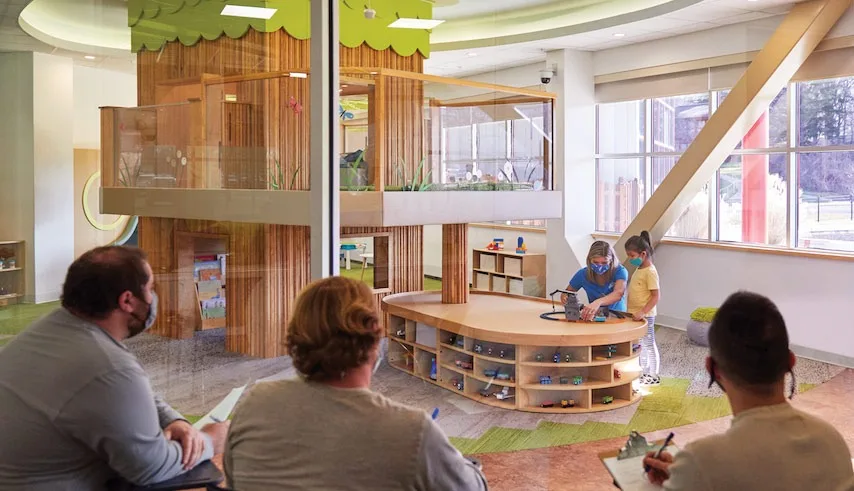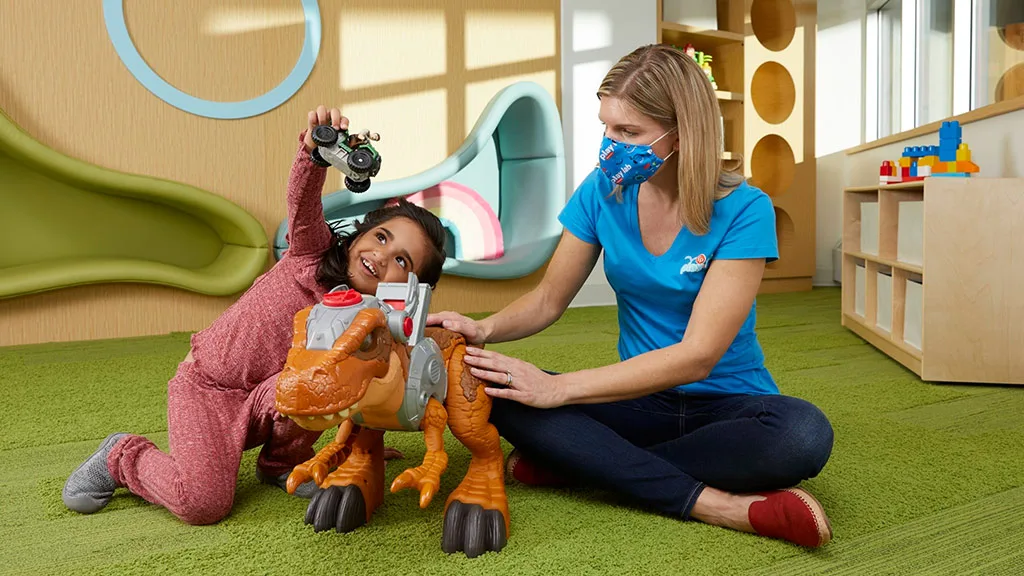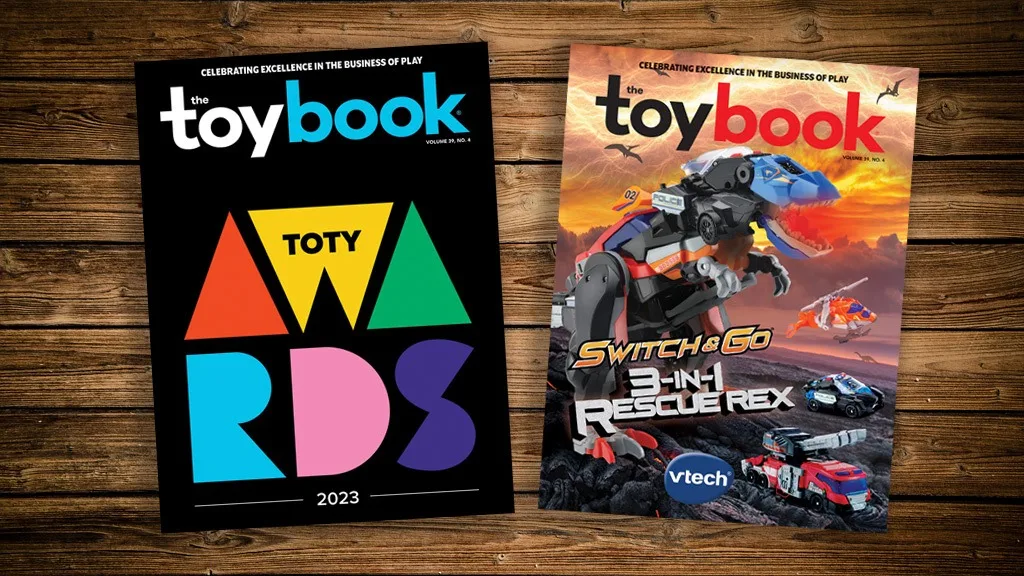by DR. AMANDA GUMMER, UK Chapter Chair, Women in Toys, Licensing & Entertainment
It’s that time of year — the Toy of the Year finalists have been revealed and everyone wants to know who the winners are. But there’s a lot that goes into creating a “Toy of the Year” — months, even years of careful design and research, to make sure there’s cohesion between ages and stages of development, price points, play value, and style to appeal to the target market.
In the increasingly competitive world of toy development, commercial success hinges on understanding children’s needs, desires, and play patterns. Conducting research at different stages of product development reduces financial risk and allows companies to create toys that captivate young minds and inspire endless hours of play.
Research can be expensive, but it doesn’t have to be. The general rule of thumb is the more research you do, the more confidence you will have in the findings. But any research (even getting the neighbors’ kids’ opinions) is better than not doing any at all. There are many different types of research that serve unique functions and are valuable at the various stages of a product or brand’s life cycle.
Exploratory Research: Uncovering the Play Landscape
At the initial stages of toy development, exploratory research is crucial. This research provides a comprehensive understanding of the play landscape, consumer preferences, and emerging trends. If you don’t know what’s out there already, how do you know you’re not just doing something that someone else has already cornered the market with? You can learn a lot by buying and playing with products that are likely to be your main competitors before you even start the design process.
Keeping a close eye on the latest trends in children’s media, technology, and popular culture helps toy developers align their products with children’s evolving interests. This analysis can be conducted through market research reports, media monitoring, and attending industry conferences.

Concept Development: Shaping Ideas Based on Research Insights
Once a firm understanding of the play landscape is established, the next step involves shaping ideas into concrete concepts. Research at this stage helps refine and validate toy concepts before investing in production. Some effective methods for concept development research include:
- Prototype Testing: Creating prototypes allows developers to gather hands-on feedback from children, parents, and educators. This approach helps assess factors such as usability, durability, safety, and play value. Feedback from prototype testing guides product improvements and iterations.
- Co-creation Sessions: Collaborating with children fosters an iterative development process. These sessions empower young minds with a platform to actively contribute ideas, preferences, and creative solutions. Co-creation ensures that toys resonate with children’s needs and interests.
- Expert Reviews: Seeking input from child development experts, psychologists, and educators can provide valuable insights into the developmental benefits and age appropriateness of toy concepts. Expert reviews help align toys with specific age groups and address potential concerns regarding safety or developmental milestones.
Product Testing: Validating Toy Performance and Appeal
As toy development progresses, product testing becomes essential. This stage involves gathering feedback on the final product to fine-tune its features and prepare for market entry by:
- Playtesting: Organizing play sessions with target age groups allows developers to assess how children interact with the toy, measure engagement levels, and evaluate its play value. Playtesting helps identify potential usability issues, areas for improvement, and insights useful for future product development opportunities.
- Consumer Testing: Engaging with families through consumer testing panels helps gather feedback on packaging, pricing, marketing messaging, and overall satisfaction. This research informs adjustments to the toy’s final presentation and ensures it aligns with consumer expectations.
Research is not just a means to an end — it is a continuous process that fuels creativity, understanding, and growth. Embrace the insights gained from research to create toys that spark joy, inspire learning, and make a positive difference in children’s lives.
A version of this article originally appeared in the 2023 TOTY issue of The Toy Book. Click here to read the issue, and click here to subscribe!



